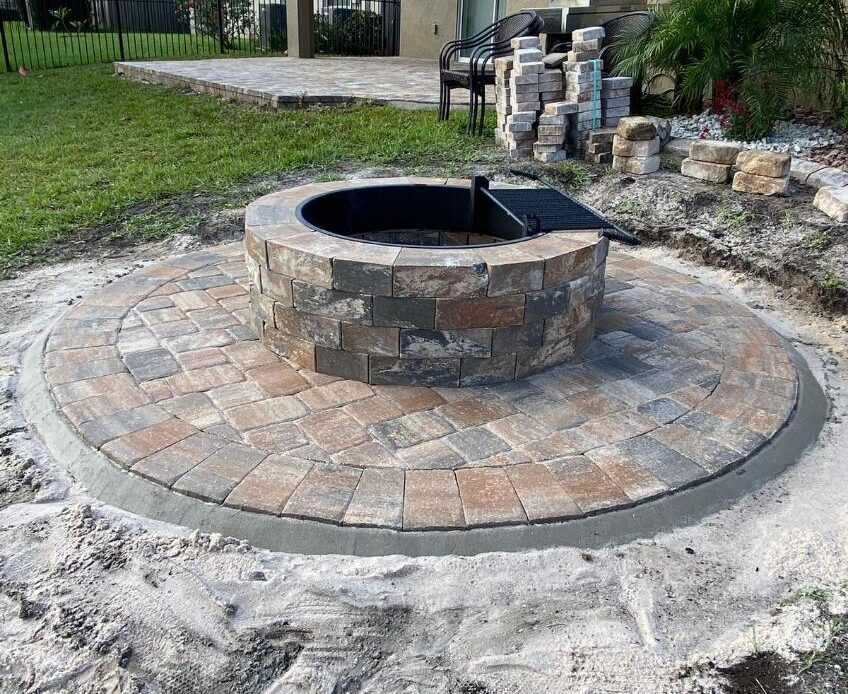Stone veneer is a popular choice for enhancing the aesthetic appeal of both interior and exterior spaces, offering the look of natural stone without the associated weight and cost. To ensure your stone veneer remains beautiful and durable over time, proper maintenance is essential. This guide provides best practices for cleaning, sealing, and preventing damage to keep your stone veneer looking its best.
Cleaning Your Stone Veneer
Regular cleaning prevents the buildup of dirt, grime, and organic growth that can mar the appearance of your stone veneer. Here’s how to clean it effectively:
-
Routine Cleaning:
- Use a soft-bristle brush or a cloth to remove loose dirt and debris from the surface.
- Prepare a solution of warm water and mild dishwashing soap.
- Gently scrub the stone veneer with the soapy solution using a soft sponge or cloth.
- Rinse thoroughly with clean water to remove any soap residue.
- Dry the surface with a lint-free cloth to prevent water spots.
Avoid using harsh cleaning products containing acids, bleach, or ammonia, as they can damage the stone veneer and alter its appearance.
- In high-humidity areas, mold or mildew may develop on the stone veneer.
- To treat this, use a mild bleach solution (one part bleach to ten parts water).
- Apply the solution carefully, wearing gloves and protective eyewear, and ensure the area is well-ventilated.
- After application, rinse the area thoroughly with clean water and dry it completely.
Addressing Mold and Mildew:
-
Be cautious when using bleach solutions, and always test a small, inconspicuous area first to ensure it doesn’t affect the stone’s color.
Sealing Your Stone Veneer
Sealing stone veneer adds a protective layer that helps repel moisture, stains, and UV rays, thereby extending its lifespan.
-
Choosing the Right Sealer:
- Select a high-quality, breathable stone sealer appropriate for your specific type of stone veneer.
- Ensure the sealer is suitable for either interior or exterior use, depending on your application.
-
Application Process:
- Clean the stone veneer thoroughly and allow it to dry completely before sealing.
- Apply the sealer evenly according to the manufacturer’s instructions, using a brush, roller, or sprayer.
- Allow the sealer to penetrate the stone for the recommended time, then wipe off any excess to prevent residue.
- Let the sealer cure as directed before exposing the surface to moisture or foot traffic.
-
Resealing Schedule:
- Depending on environmental conditions and the type of sealer used, reapply the sealer every 2 to 3 years to maintain its protective qualities.
- Regularly inspect the stone veneer for signs of water absorption or staining, which may indicate the need for resealing.
Proper sealing helps protect the stone veneer from moisture, sunlight, and stains, making maintenance easier.
Preventing Damage to Your Stone Veneer
Preventative measures are crucial to maintaining the integrity and appearance of your stone veneer.
-
Protecting Against Physical Damage:
- Avoid using abrasive tools or harsh chemicals that can scratch or etch the stone surface.
- Be mindful of activities near the stone veneer that could cause impact damage.
-
Managing Environmental Factors:
- Control exposure to excessive moisture by ensuring proper drainage and ventilation around exterior installations.
- In areas prone to high humidity, use dehumidifiers or increase airflow to reduce the risk of mold and mildew growth.
-
Seasonal Maintenance:
- Each season brings environmental challenges that can affect the appearance of your stone veneer.
- Regularly inspect the stone veneer for any signs of damage or wear, especially after severe weather conditions.
- Address any issues promptly to prevent further deterioration.
Seasonal maintenance helps in identifying and mitigating potential problems early, ensuring the longevity of your stone veneer.
By following these best practices for cleaning, sealing, and damage prevention, you can maintain the long-lasting beauty of your stone veneer, ensuring it remains a stunning feature of your home for years to come.

